THE NIGERIAN SLAVE MERCHANT
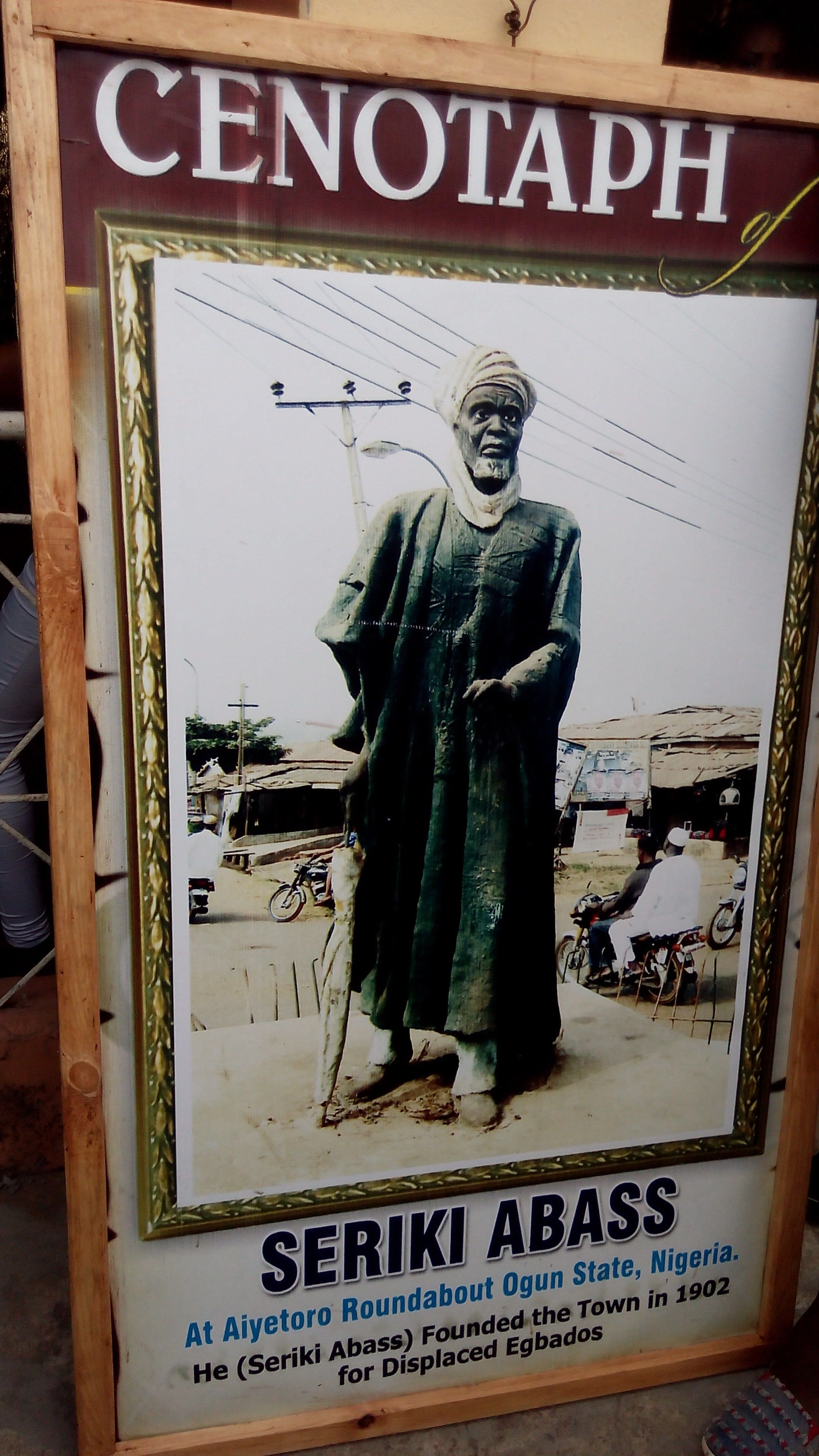
Hello steemians, how’s the week going? Sure we are having a nice week so far.
Last time I shared a post on slavery in Africa, the Trans-Atlantic Slave Trade.
https://steemit.com/nigeria/@damdap/slave-trade-in-africa-how-it-all-started-and-went
I’ll be continuing on that with emphasis on this slave trade in Nigeria and one of the most renowned slave merchants in Nigeria then.
CHIEF SERIKI ABASS
A museum is been constructed in his memory in the name Chief Seriki Abass Slave Museum.
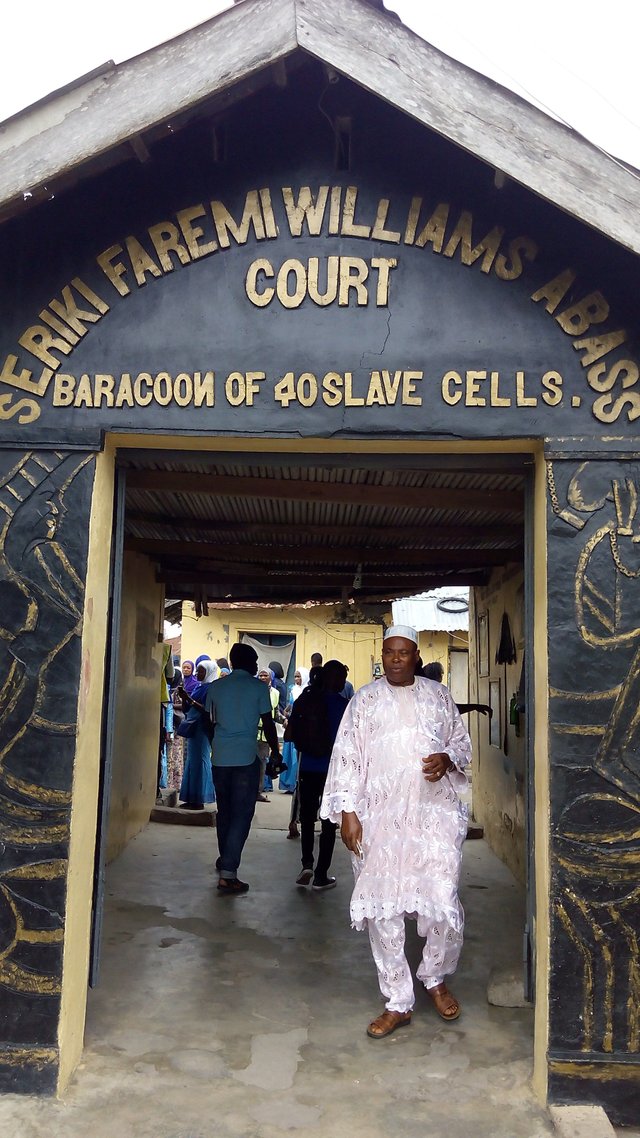
Chief Seriki Abass was a renowned slave trade merchant in those era. As he was made a merchant for the foreigners on a deal on been released from slavery and become a slave merchants.
He was one of the few who returned home from slavery during the slave trade period. Aside him was Bishop Ajayi Crowther who was one of those who helped the growth of Christianity and the church in Nigeria. A man who translated English versioned Bible to Yoruba versioned Bible.
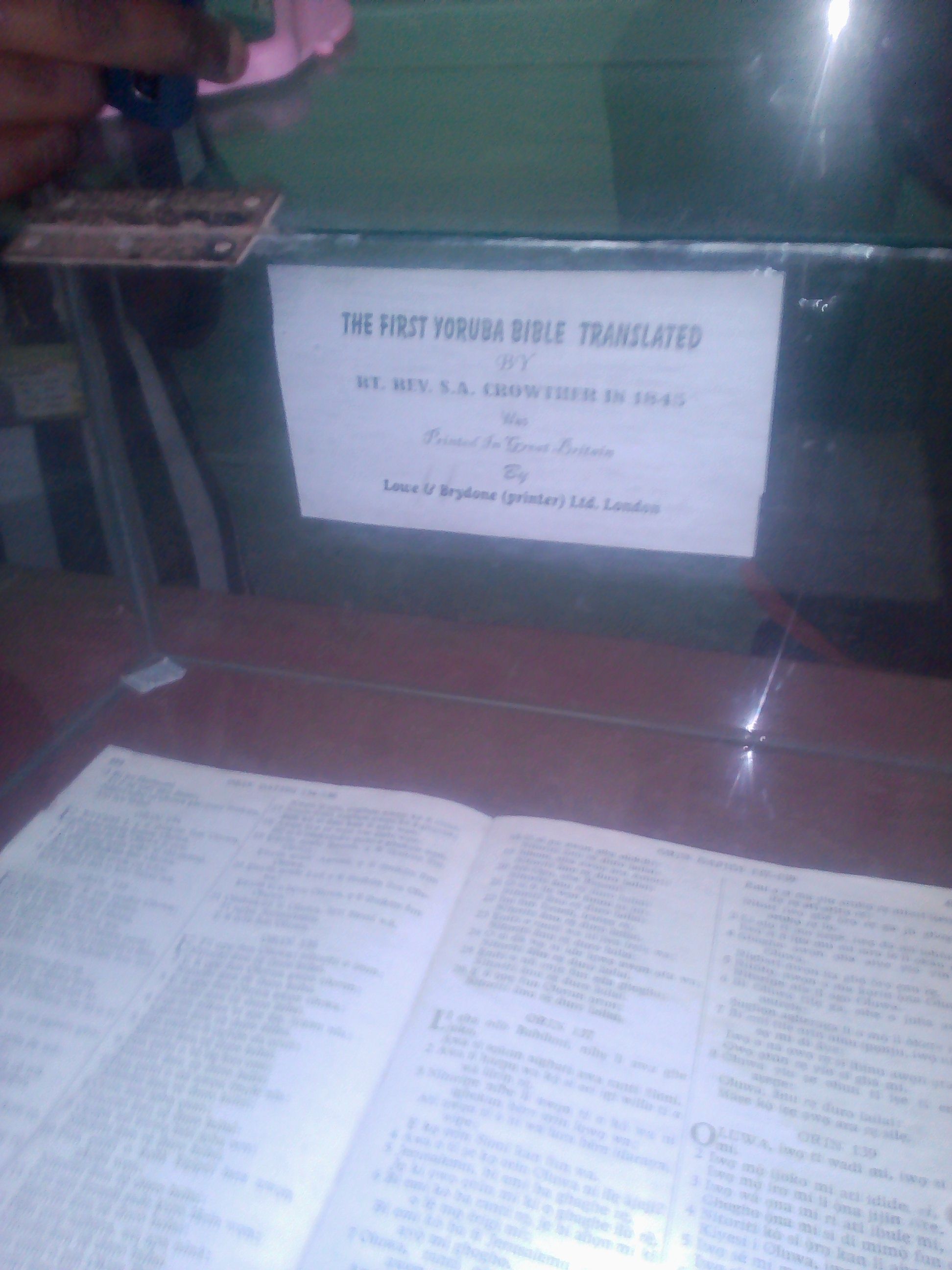
#How it all started with Chief Seriki Abass in the picture
Badagry is majorly recognized for its slave trade by the foreigners.
The trade began in 1440 with Prince Henry, the navigator of Portugal. By 1593, 12,000 slaves had been sold to labour markets in Italy and Spain.
One horse was traded for 25-30 slaves in the 1440s and the value of African slaves rose from six to eight slaves per horse.
By the 16th century, there were over 32,000 slaves in Portugal.
Along the line, Seriki Faremi Williams, an African slave appealed a bargain with his buyers. He agreed to supply slaves to the foreigners in exchange for his freedom.
The Nigerian, specifically of the Yoruba tribe to be exact, got his wish and was immediately set free to begin business.
He returned to Badagry and built the Brazillian Baracoon with the mission to transport as much slaves as possible. He raided villages and captured their natives and sold them to the middlemen who eventually re-sold them as slaves to European slave merchants.
The baracoons were small rooms where up to 40 slaves were kept, all in upright position for days before they were shipped across the lagoon via the point of no return into the waiting ships.
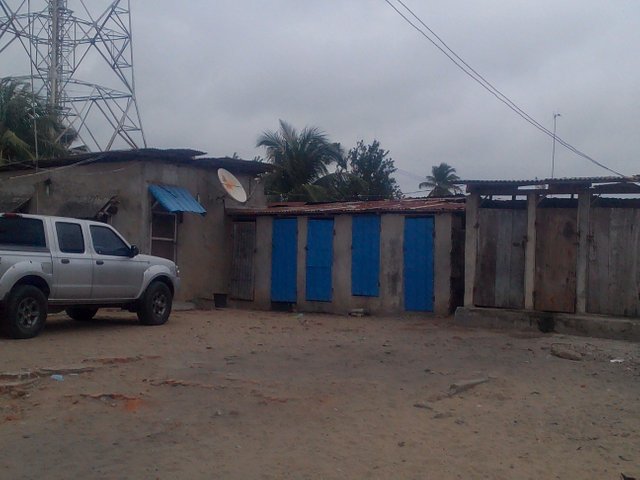
Picture of rooms used to keep slaves
The groups of houses, now mostly residential, were all at one point or the other used to keep slaves waiting to be transported. Vlekete square, founded in 1510, was known to bethe slave market in Badagry.
The slave merchants began to work on his intelligence and that of African Leaders involved and enticed them with material gifts. Slaves were then exchanged for merchandises as little as whisky, tobacco, rum, cuppino glass, canons, iron bars, brass, woollen, cotton, linen, silk, beads, guns, gun powder amongst others. Because they knew it was of paramount importance to these natives.
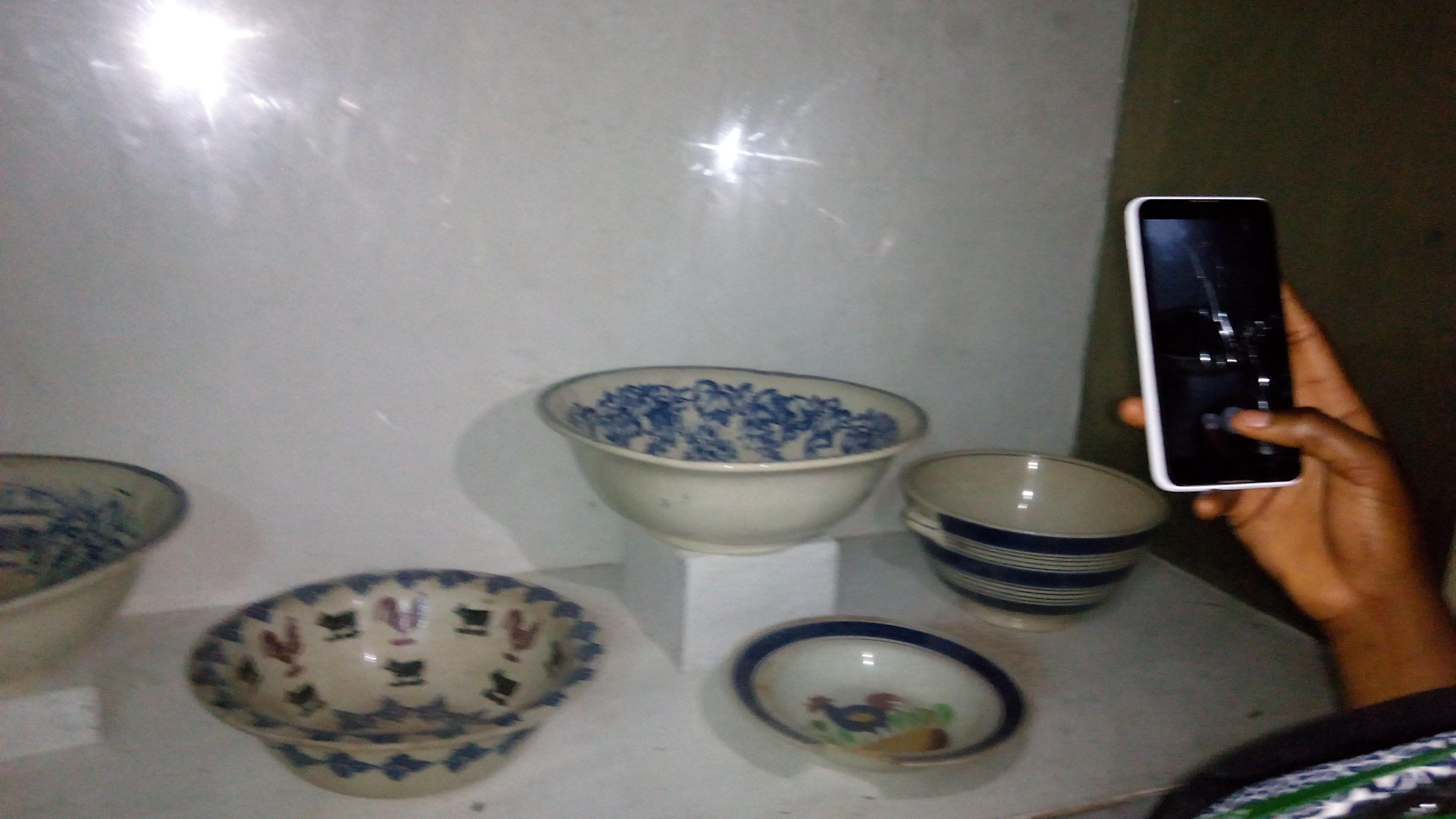
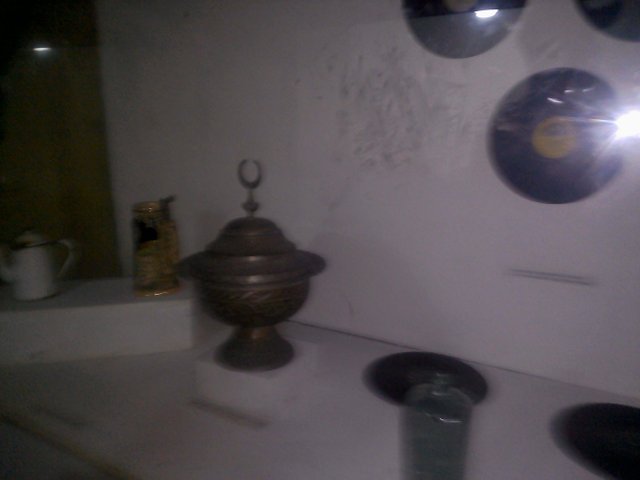
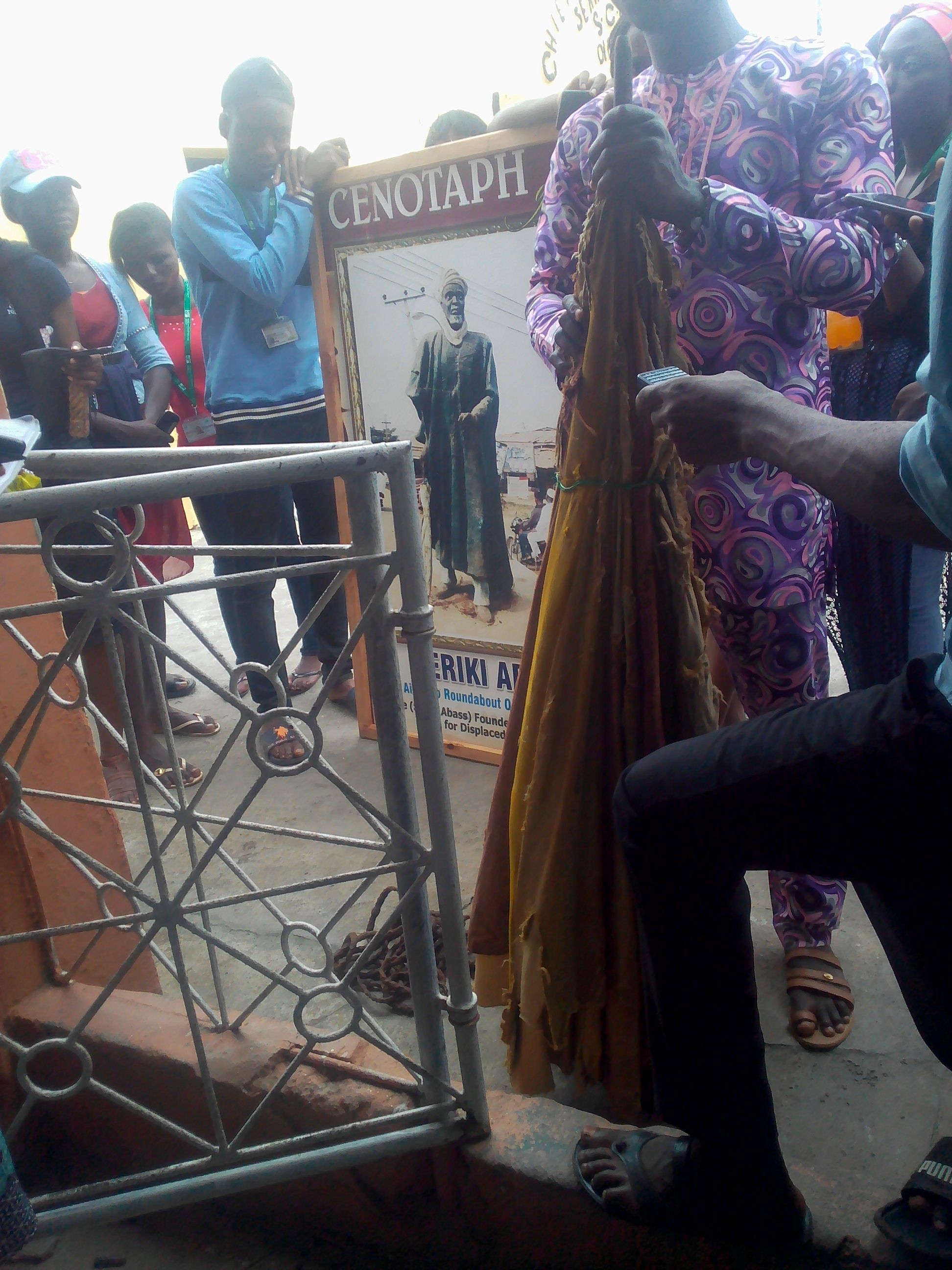
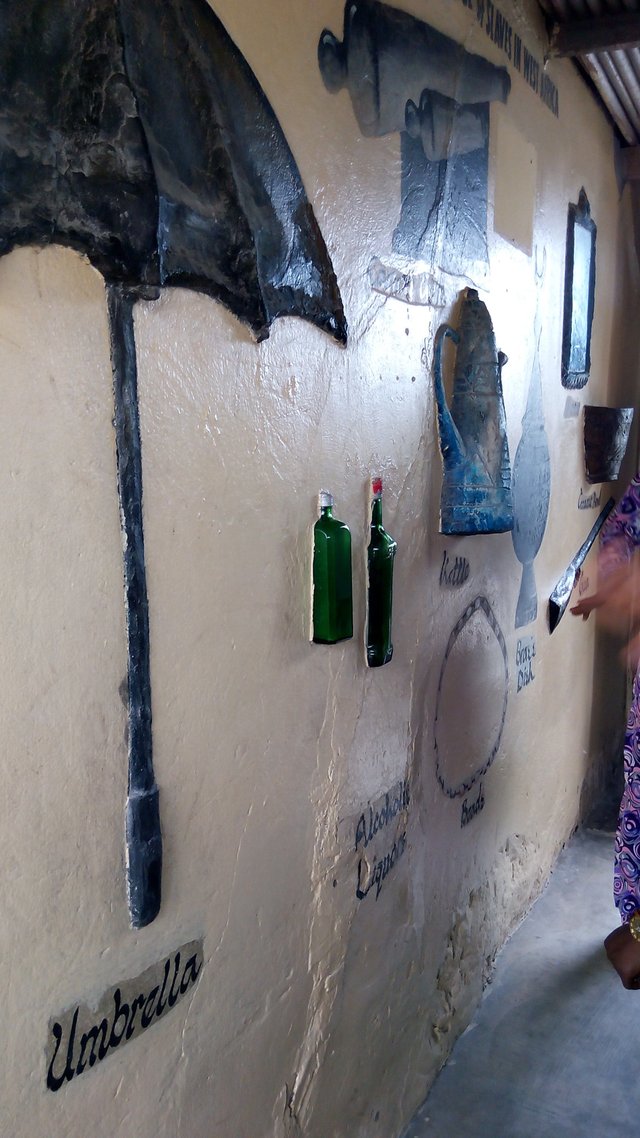
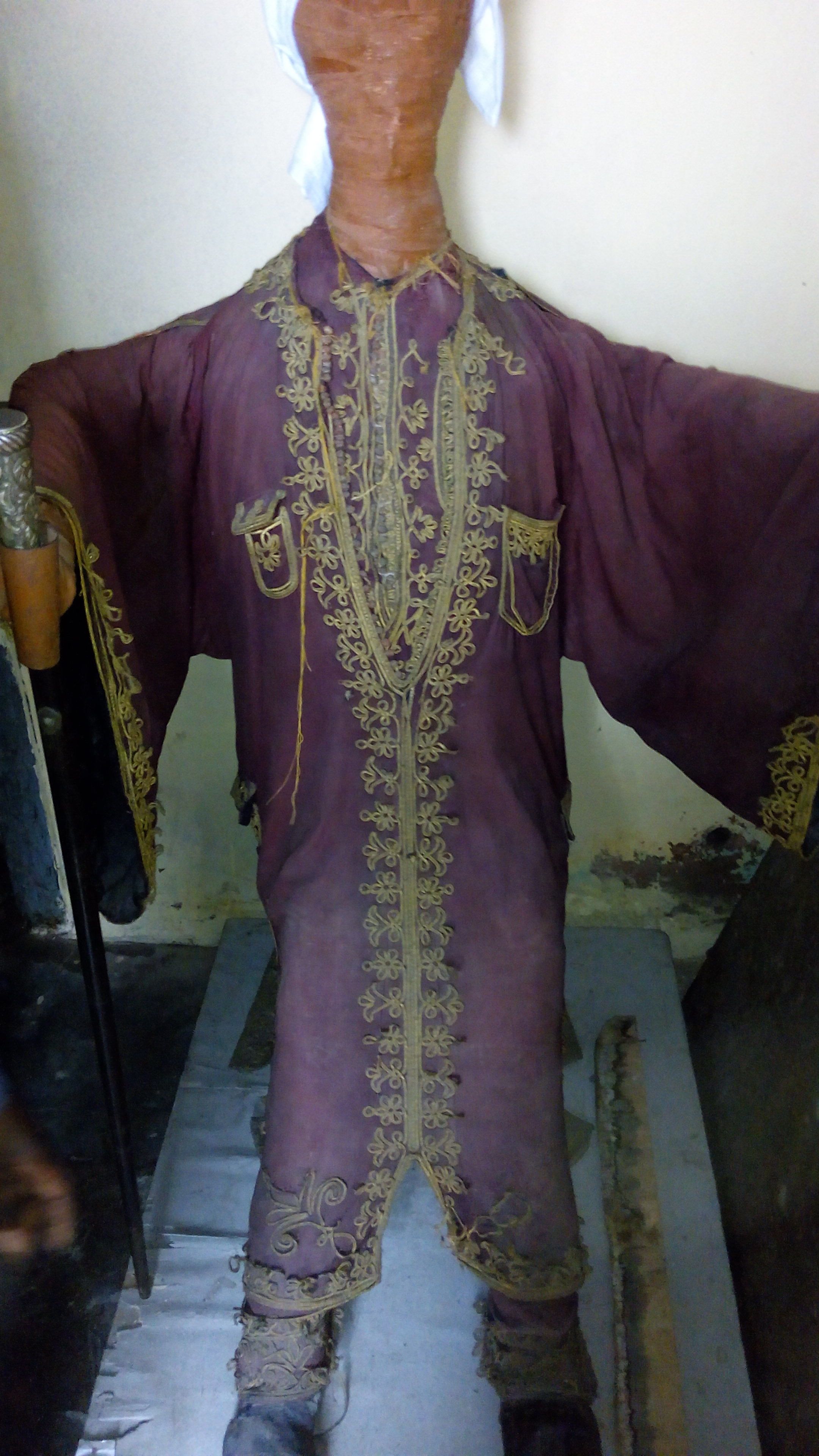
The above are pictures of materials Chief Seriki Abass got in exchange for trading slaves
Historically speaking, Badagry was the first and last part of call.
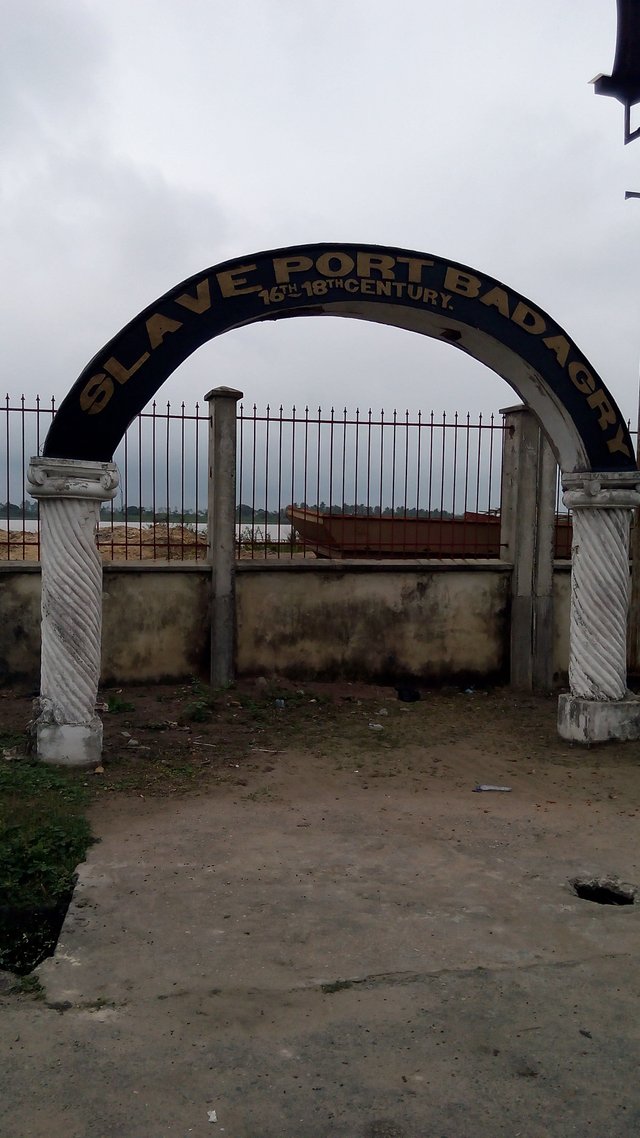
When the ships arrive to pick these slaves, they would be brought out from the hole in which they were put and taken to a place called ‘The Point of No Return’. This process involved the crossing of slaves through the ocean that links the Badagry port to this point. When the slaves have been crossed over, they would walk about 20miles to the point.
#BRAZILLIAN SLAVE BARRACOON AND MOBEE FAMILY MUSEUM
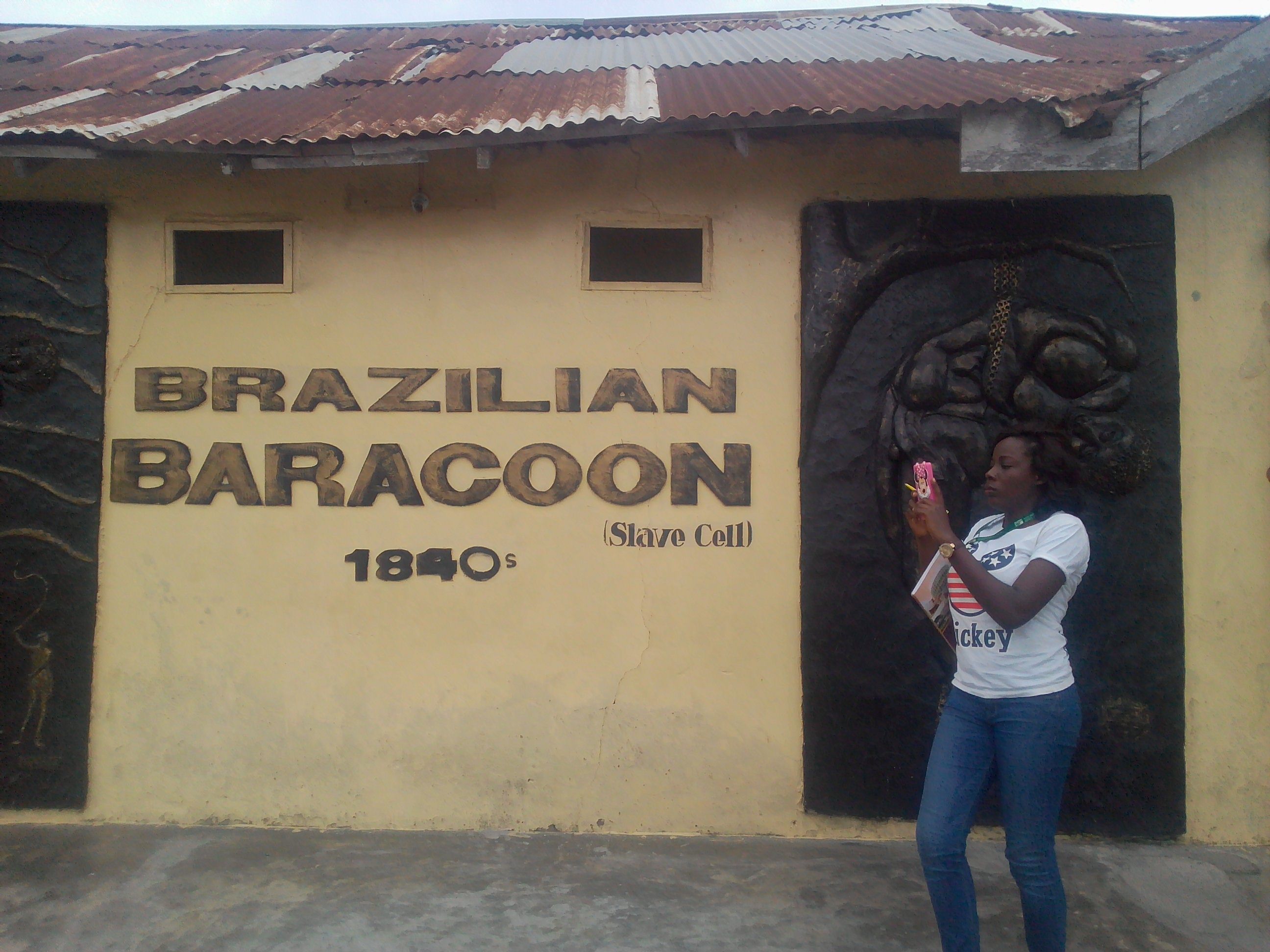
The Brazillian slave barracoon is located opposite the slave port and within the premises of Chieff Seriki Abass Court.
The Slave Barracoon used to be a prison where slaves were kept before they were sold and then taken to the slave ships and shipped from Badagry.
The museum features relics and antiques gained from slave trading with the European slave dealers, such as Umbrella, Ceramic plates, Jugs etc.
In the compound the small rooms where slaves were made to sleep was also shown to us. And 40 slaves sleeps in each room.
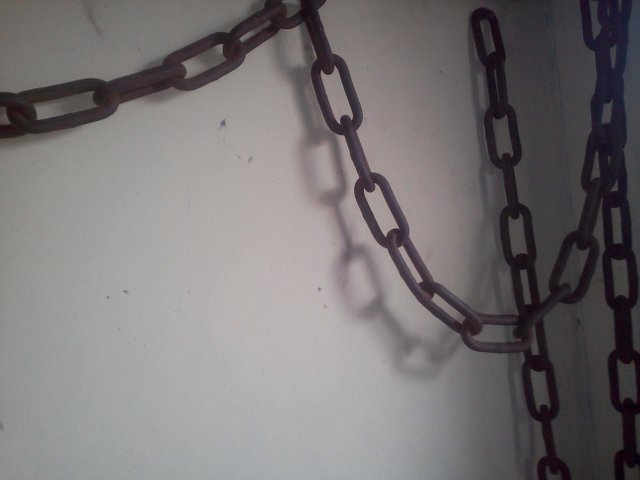
Thanks for taking time to read through this continuation part of slavery.
From this post we would see how the foreigners used a part of us to destroy us. They used enemies from within against us within.
Believe me, many of this still happen in modernized forms today.
Many of our leaders for the sake of their own personal interests, sell the interest of our people to foreigners.
On the contrast to chief Seriki Abass whom was a tool for slave trade in Nigeria, was Bishop Ajayi Crowther who is still known till date for his great impact in Nigeria, especially in Christianity and Church growth in Nigeria.
He was also a slave who also got the opportunity to return home to Nigeria.
The first storey building came into existence through his influence, likewise the translation of English versioned Bible into Yoruba versioned Bible.
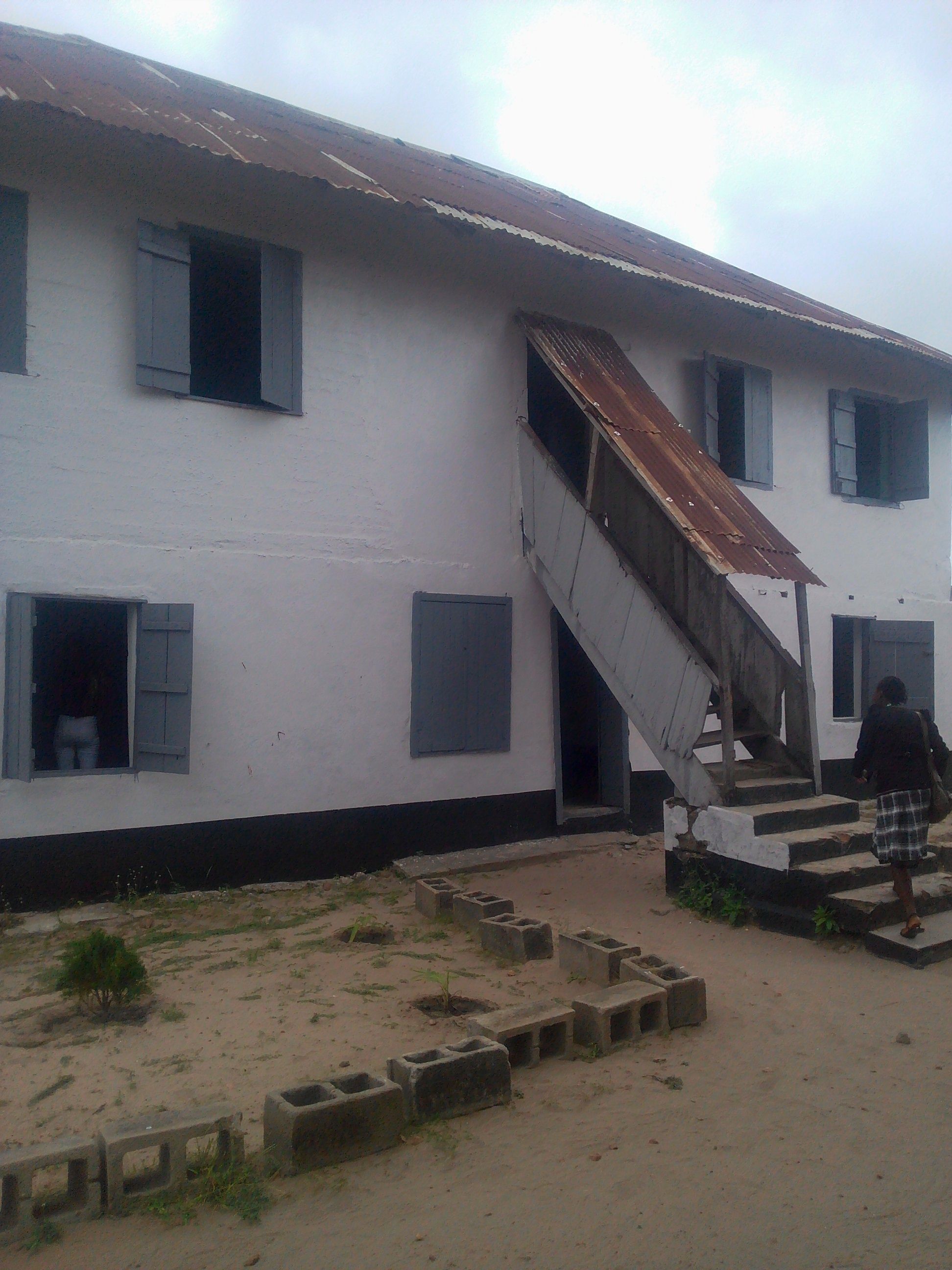
First Storey Building In Nigeria through the influence of Bishop Ajayi Crowther
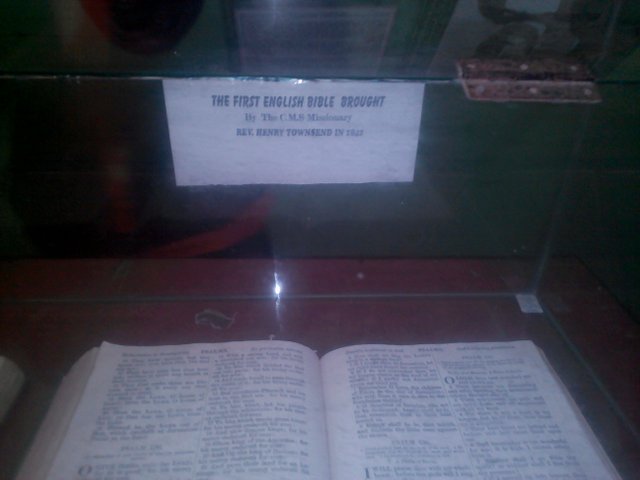
Yoruba translated Bible by Bishop Ajayi Crowther
That’s not the end, I made mention of point of no return. That’s another aspect of slave trade travel in that era.
Stay tuned for that aspect, in my next post.
Pictures where taken by me, at the museums, visiting them.
I appreciate your comments, resteem, and upvotes.
God bless you and deliver you from all conscious and unconscious; inherited and self acquired slavery in Jesus name.
Have a great week ahead.
@damdap loves you.
Congratulations @damdap! You have completed some achievement on Steemit and have been rewarded with new badge(s) :
Click on any badge to view your own Board of Honor on SteemitBoard.
For more information about SteemitBoard, click here
If you no longer want to receive notifications, reply to this comment with the word
STOP